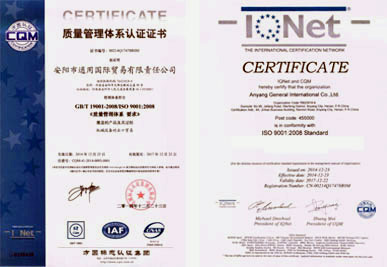Hindered Amine Light Stabilizers (HALS) and UV absorbers
Light stabilizer is an additive for polymer products such as plastics, rubber, coatings and synthetic fibers. It can shield or absorb ultraviolet energy, quench single line oxygen and decompose hydrogen peroxide into inactive substance, etc. Light stabilizers can eliminate or slow down the possibility of photochemical reaction, prevent or delay the process of photoaging, so as to extend the service life of the polymer products.
Light stabilizers can be divided into two groups: UV absorbers (UVA) and hinder amine light stabilizers (HALS). UVA’s function is to absorb UV light and transform it into heat; HALS is best known to capture free radicals and prevent material degradation.
Hindered Amine Light Stabilizers (HALS)
Hindered amine light stabilizers (HALS) are used as stabilizers in plastics and polymers. The mechanism of action includes three ways: trapping free radicals, decomposing peroxides and quenching singlet oxygen. They do not absorb any light larger than 260 nm and do not quench excited state molecules. However, in the presence of oxygen, hindered amines can be oxidized to corresponding nitroxyl radicals. These compounds are quite stable. They can capture the active free radicals produced by photooxidation degradation of polymers very effectively, and have regeneration function in the process of stabilization. The regeneration function is the most distinctive feature of it from other stabilizers.
Mechanism of action
The free radicals produced by oxidation capture the destructive active groups produced by polymer materials and turn them into relatively stable compounds, thus interrupting the reaction process.
HALS has function of quenching singlet oxygen, making it change from excited state to ground state, and interfering with the photochemical reaction before the initiation of photoaging chain.
Range of action
Full range, non-thickness dependent, especially effective for surface protection.
Protective effect of hindered amine light stabilizers
It has a good protective effect on the gloss, pulverization, color and mechanical properties of plastic products, and can promote long-term thermal stability under less than 100℃ conditions.
Main factors influencing the effect of HALS
Molecular weight/migration rate, compatibility of the resin system, efficiency of trapping free radicals and affinity of the oxidized areas in the resin.
UV absorbers(UVA)
Using their own molecular structure, UV absorbers convert light energy into heat energy, prevent photooxidation of plastic materials and play a light stabilizing role. According to the molecular structure, UV absorbers can be divided into Benzophenone, Benzotriazole, Triazine, Salicylat and others.
Protective effect of UV absorbers
Generally speaking, the color protection is better, which can provide certain protection for pigments. It has better protection for the mechanical properties of thick products.
Insufficient protection to resin surface and gloss, limited protection for thin products.


